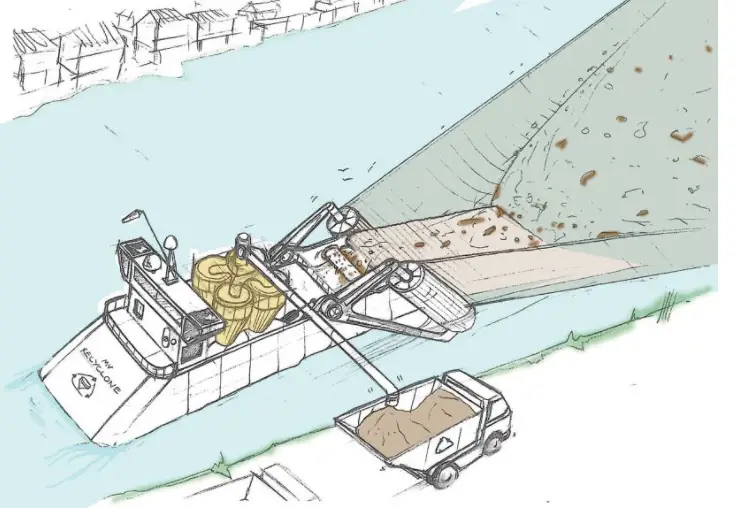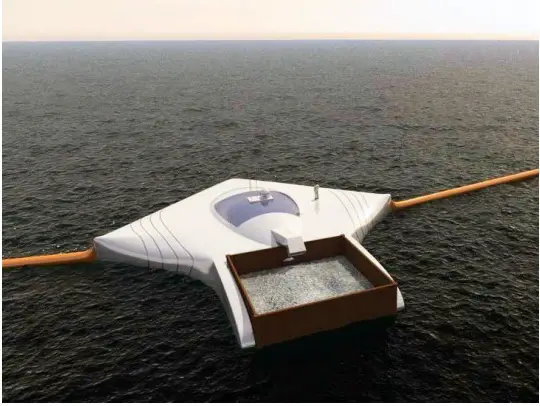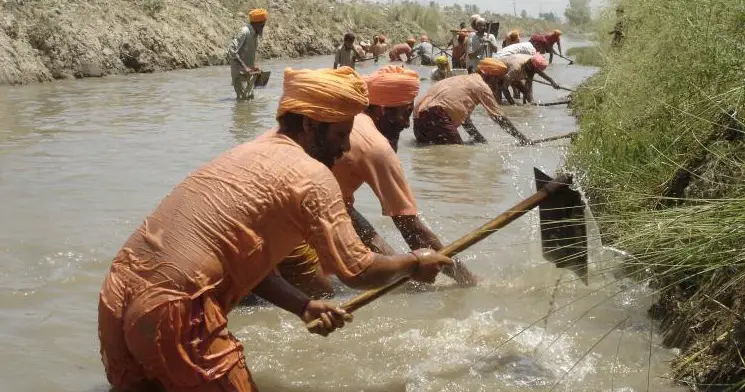News
Famous Vacuum Maker Wants to Suck Petro-Based Garbage from Polluted Rivers, Others Do it By Hand

James Dyson, the CEO and Chief Engineer for the world-renown vacuum cleaner company wants to use his adapted technology to suck waste using a river barge called the Recyclone. The vacuum technology would suck plastic and petroleum-based trash from rivers and then sort it for recycling. He says that the trash currently clogging rivers in America could not only restore ecosystems, but unleash latent energy stored within all the waste. Others around the world are taking the matter of waterway trash, quite literally, into their own hands.
Essentially, Dyson sees the garbage problem like an engineer or a homemaker would. If we could simply suck up all the refuse – we’d have a much cleaner living space. His barge would use the same cyclone technology in his vacuum cleaners to remove plastics and other trash (14 billion tons that are currently in our canals and river systems.)

Dyson’s River Vacuum Conceptualized Drawing
Dyson admits he still needs to refine the design so that it doesn’t suck up aquatic life, too, but a net would be pulled behind his barge, skimming the surface, and scooping up large chunks of plastic debris. This would then be shredded on the barge, and the cyclones would suck up different grades of plastic.
These plastics could then be sent to recycling facilities to be repurposed.
Considering that a single plastic bottle may persist in the environment for over 500 years, entering an elaborate global system within which it is sold, shipped, melted, resold, and shipped again—sometimes zigzagging the world before becoming a carpet, clothing, or repeating life as a bottle, it makes sense that we should remove this trash from our waterways (and safely, so that we don’t disturb the life that has already been harmed by our trash-making.)
More interestingly, perhaps Dyson could create a cyclone barg that would pick up more than just large plastic chunks. Much of the plastic in our rivers, oceans and lakes is already microscopic in size.
Several companies aside from Dyson currently offer equipment to fish garbage out of rivers, lakes and harbors, and many say they could build larger dustcarts for seas and oceans.
Dutch teenager, Boyan Slat, has his own technology for cleaning up our waterways, with a plan to deploy a massive ocean clean-up system that acts like a sieve for plastics in the world’s seas.

Boyan Slat’sOcean Clean Up Array
One man; however, Sant Balbir Singh Seechewal, single-handedly restored life to one of India’s Holy Rivers. The Kali Bein River was badly clogged with trash. Seechewal beseeched his local government to help him clean the river and was repeatedly ignored. Instead of giving up, he started cleaning the 160 kilometer-long river on his own, and eventually recruited a small team of volunteers which did the work by hand, or with simple tools like shovels and picks.

Sant Balbir Singh Seechewal’s Volunteers Remove Trash and Plant Hyacinth Flowers Along Kali Bein River in India
Eventually a tractor was recruited, and a small team of volunteers advanced Seechewal’s original work – without fancy river barges, advanced technologies or any additional gadgets needed. Countless tons of trash were removed with people’s dedication and bare hands.
Typos, corrections and/or news tips? Email us at Contact@TheMindUnleashed.com
